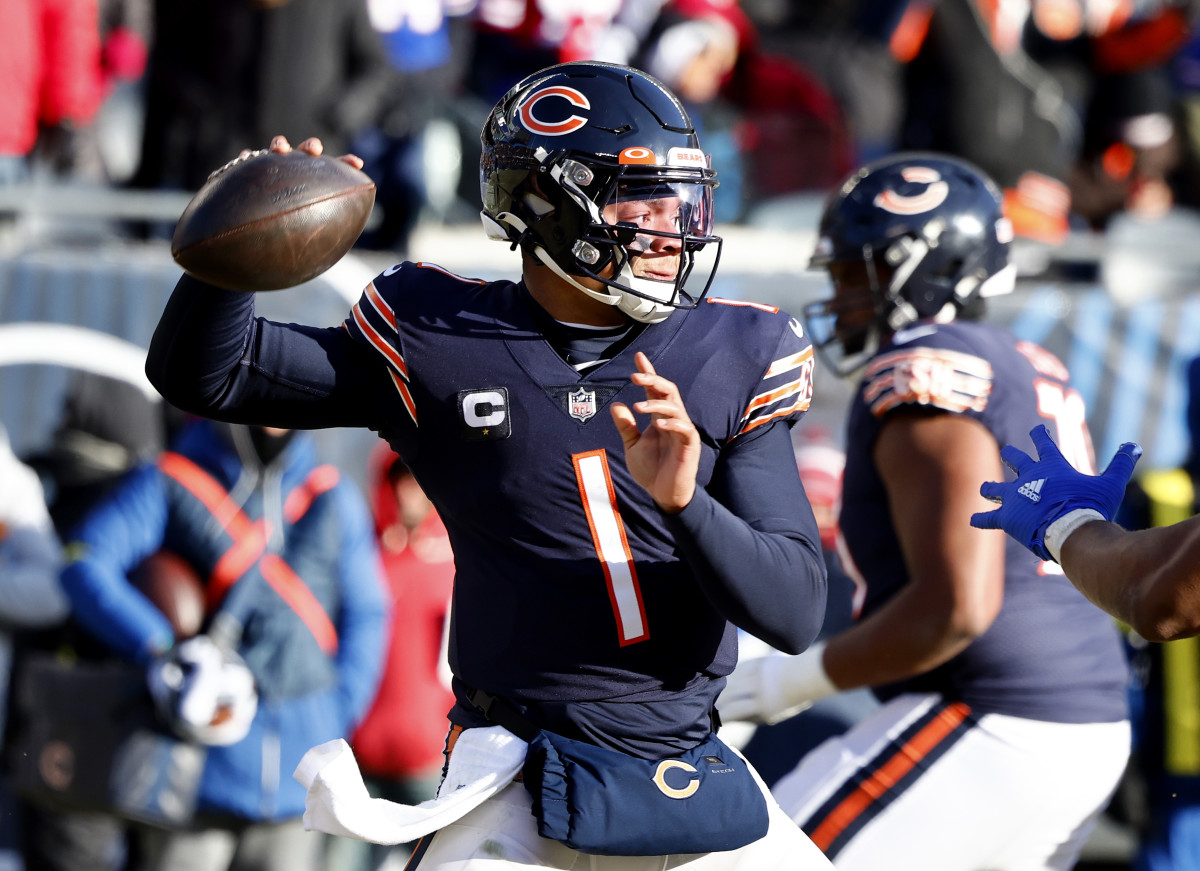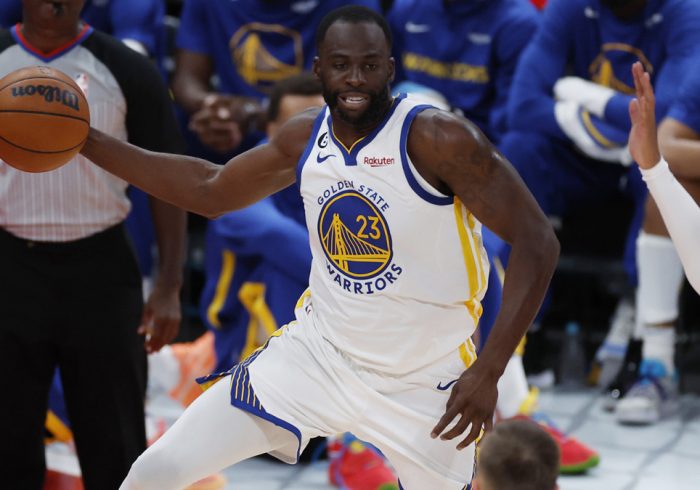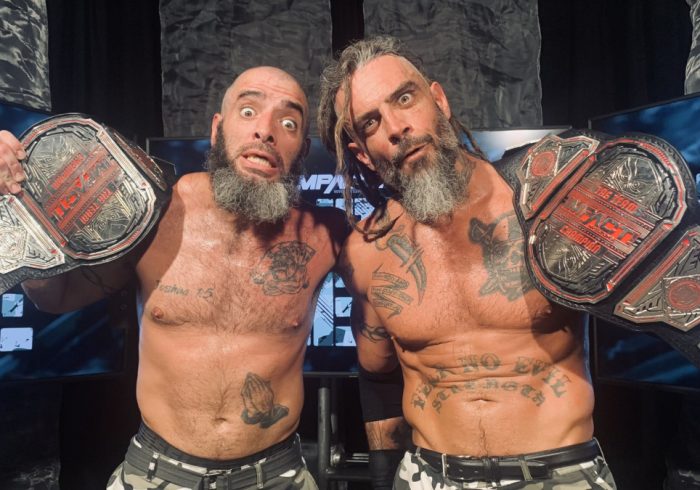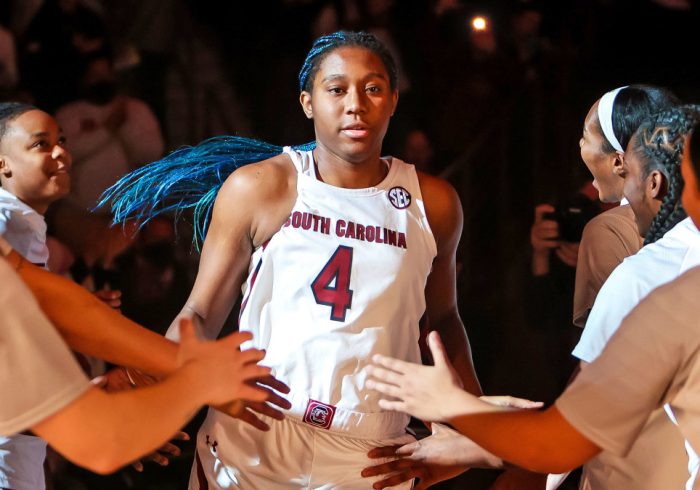We are entering the time of year in the Business of Football when many who are not conversant in the area veer into this lane. And for full-time nerds like myself, especially those with experience and expertise, it is frustrating—and sometimes amusing—to see misinformation and misplaced authority, which comes up as frequently as in any area with salary cap and player contracts.
Over the years in this space and others, I have tried to calmly and reasonably counter such misinformation. But there is one theory out there that continues to have some traction, one that makes me shake my head every time I see or am asked about it, one that comes even from pundits who have covered the NFL for years. It is this: NFL teams paying market contracts for top quarterbacks either cannot, or have a very hard time trying to build a Super Bowl–contending team. My unequivocal answer to this is: wrong!
I have been on radio programs in places like Philadelphia, Cincinnati, Baltimore and Los Angeles, where new megacontracts are expected for Jalen Hurts, Joe Burrow, Lamar Jackson and Justin Herbert, respectively. The hosts have the same question: Can our team do what it needs to do now having to “pay” their quarterback? My answer is as definitive as it can possibly be: yes!
Let me be even more clear: This idea is a cop-out, a tired excuse and bulls—. (Is that clear enough?)
Let’s examine.
CBA makes cap management simple
In the 30-year history of the NFL salary cap, it has never been easier to manage for several reasons:
1. The gift of rookie contracts
A primary reason for this is that the collective bargaining agreement (CBA) mandates that all drafted players must sign four-year contracts, and they cannot be renegotiated until the player has played at least three seasons in the NFL. This provision alone gives teams a tremendous head start on managing the cap.
NFL team rosters have varying numbers of players on rookie contracts, but my best estimate is between 50% and 65% of NFL rosters are players under their first NFL contract. Let’s say there are 30 such players on a team’s roster, and we’ll say that, conservatively, each player has a cap charge of $1 million. That is a cumulative cap charge of $30 million for more than half the team.
With the NFL team cap set at $224 million for 2023, that estimate would put every NFL team at $195 million in cap space to pay their 20–25 players not on rookie contracts. Paying a quarterback market value should not be a problem.
2. The rollover
And, even better for teams, the cap is not really $224 million. Also per the CBA, teams are now allowed to roll over unused cap space to create each team’s adjusted cap. Every team in the NFL rolled over some unused 2022 cap space into ’23, from the Browns’ rolling over $27.6 million all the way down to the Rams’ rolling over $400,000. The Browns—while paying one of the biggest contracts in NFL history to their quarterback—are working with far more than $224 million, with an adjusted cap of more than $250 million.
Thus, each team is working with more than the advertised $224 million, plus the advantages the rookie pay system has given them. Again, it is not hard to pay the team’s most important player a market contract with all of this cap room.
3. The minimum spend
I have written before about the CBA’s minimum spending requirements for teams. While there are deficiencies I have mentioned, including thresholds that are too low in percentage of spending (89% of cap) and time for calculation (over three years), there are thresholds nonetheless. Teams must spend, and with so many rookie contracts, there are obvious targets for where their spending will be: most obviously the quarterback.
Take a team like the Bears, sitting currently with almost $100 million of available cap space. They have virtually no top-of-market veteran contracts in their roster. Indeed, were their CBA minimum spending requirements judged annually rather than over three years, they would not meet the minimum this year. They will have to spend liberally in the next year (or couple of years) to meet the minimum thresholds; Chicago will, almost by necessity, have to give Justin Fields a megacontract next year, just to pay someone on their roster.
Should teams have to spend on someone, it might as well be their quarterback.
Justin Fields’s rookie contract with the Bears is a fully guaranteed, four-year deal worth $18.8 million.
Mike Dinovo/USA TODAY Sports
Cap management 101
The most basic thing that people need to understand about the salary cap—in any sport—is that cap and cash are different.
Cap is just accounting. It is not the same as money. Cash is real; it is what teams and agents truly do and should care about.
There are many ways to manage cap. In my decade at the Packers managing their cap, I preferred a “pay as you go” approach: trying to match cash and cap as much as possible. For example, if I were paying a player $10 million in the first year of his contract, I would try to load as close to $10 million in cap as possible. I would also try to stay away from signing bonuses, which are (1) prorated over the life of the contract for cap purposes, and (2) give the player more protection in case of default. (Salary, roster bonuses and workout bonuses are ways to load in cash instead to match cap.) The “pay as you go” strategy works to preserve cap flexibility in the future if, inevitably, contracts do not work out, avoiding future heavy nonroster charges, especially at quarterback.
Cash over cap
In recent years, many teams (including the Packers) have chosen a less-conservative cap-management strategy, with liberal use of signing bonus proration. They are choosing a high “cash over cap” strategy early in the contract, loading significantly more cash than cap and worrying about the cap impact at some later date. Again, to each his own, but it’s important to note for this current discussion.
With the cash over cap strategy, teams are paying quarterbacks up to tens of millions more in cash in the first year of their contracts, allowing for ultimate flexibility now and worrying about the future later.
For example, the Rams extended Matthew Stafford last year with a $60 million signing bonus, prorated over the five years of the extension. Stafford’s cash in 2022, on that bonus alone, was $60 million. Stafford’s cap charge on that bonus in ’22 (and ’23, ’24, ’25 and ’26) was $12 million. In other words, Stafford was $48 million cash over cap in ’22. My sense is all of these upcoming contracts—Hurts, Burrow, Herbert and more—will have significant cash over cap value early on, to preserve ultimate team-building flexibility for the near future. The problem usually comes with other parts of the roster.
The sludge
But paying a star quarterback $40 million is not what gets teams in trouble—what does is all the sludge on their cap beyond the cash that is going out. In the Stafford example, his cap charge now has an additional $12 million on each of the upcoming four years, which would be accelerated onto the Rams’ cap if he retires or is traded or released in that time. And, of course, that is on top of the already-existing proration he had coming into that extension.
If there is a separation between the Packers and Aaron Rodgers this year, the team will incur a cap charge of more than $40 million for Rodgers even while he is no longer there. That will match the cap charge the Falcons had on Matt Ryan this past year while he played for the Colts, and surpass the $34 million cap charge that the Eagles had on Carson Wentz in 2021 while he (also) played for the Colts.
Paying a top quarterback (cash) is not the issue; dealing with the leftover (cap) accounting in the future is much more the problem.
Teams can absolutely have large contracts with their top quarterback and simultaneously keep a contending team around them. It requires some expertise in cap management to deal with the detritus if things don’t work out later on, but as I always say: It doesn’t take a cap guru to push out cap problems for another day; it takes a cap guru to make sure a team doesn’t have to do that at all.
NFL teams have plenty of the two things they need to pay a top quarterback and to build a roster around them: cash and cap.
Every team is presently worth more than $2 billion and receives a check from the league worth $400 million before it even turns the lights on. Teams have plenty of cash. And cap room—even with some squandering on bad contracts—is always available. Again, with a good chunk of NFL rosters full of fixed and reasonable rookie contracts, it has never been easier to pay star players.
Don’t fall for the “you can’t build a contending team by paying a top quarterback” trope. You’re better than that.



